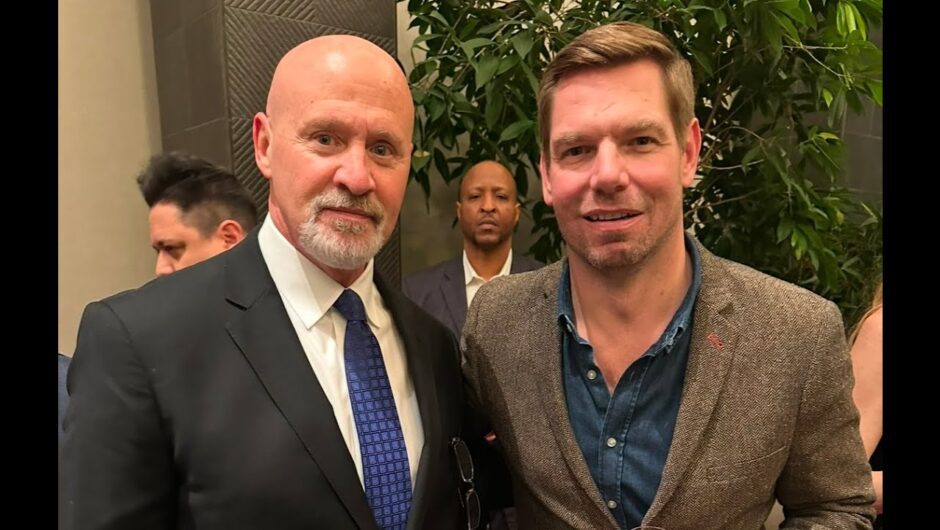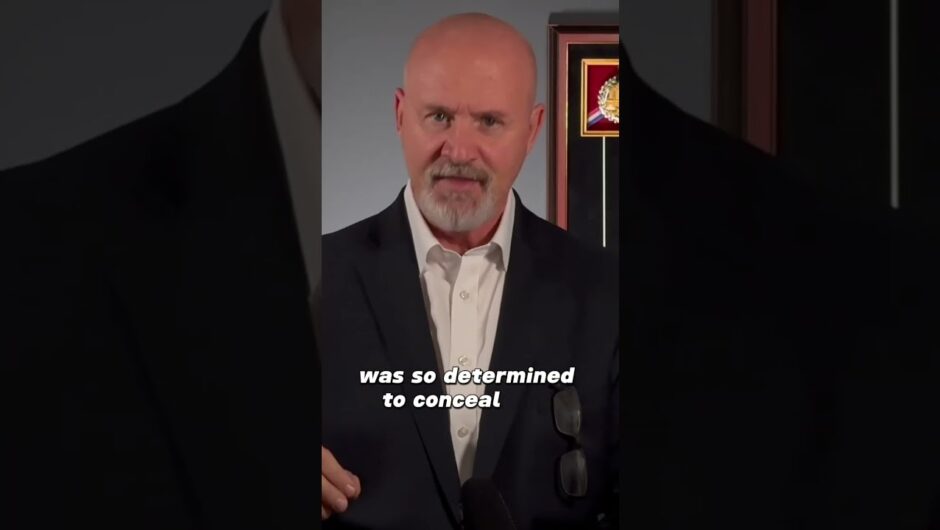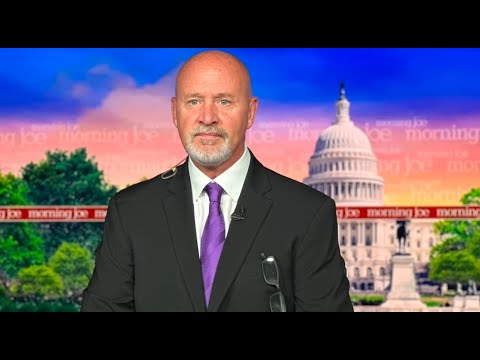In his genial and occasionally subversive manner, finance journalist Alan Kohler recently shared a graph on social media that compared two periods of sharemarket gains. The graph showed that in the 30 years to 1988, 92 per cent of gains were derived from economic growth. But in the decades since then, the majority of sharemarket growth was produced by a “transfer from wages”. In simple terms, businesses have been making money by taking more of the economic pie from their workers rather than growing it.
The coronavirus pandemic has, if anything, exacerbated the trend with company profits jumping while workers’ total share of income has continued its steep decline.
The process of suppressing wage growth in Australia began 40 years ago at a unique time in our history. In 1982, for example, wages for full-time employees grew by 14.2 per cent. Inflation and unemployment also spiralled into double figures. Attempts to moderate wage growth and inflation failed until the election of the Hawke government in 1983. The new government recognised that the key to suppressing wage growth was reducing employee bargaining power by changing workplace laws and obtaining the agreement of the trade unions to reduce wage demands. The Accord and new workplace laws enshrining enterprise bargaining were born.

Illustration: Dionne GainCredit:
In the decades since, numerous waves of “IR reform” have continued along the same trajectory; allowing businesses to escape bargaining with their employees and weakening unions. In most private-sector workplaces, bargaining has been eliminated and replaced by managerial decree, usually in the form of a take-it-or-leave-it employment contract. The imbalance in power is now so entrenched that wages have stagnated for the last eight years and the RBA forecasts more wage stagnation in years to come.






